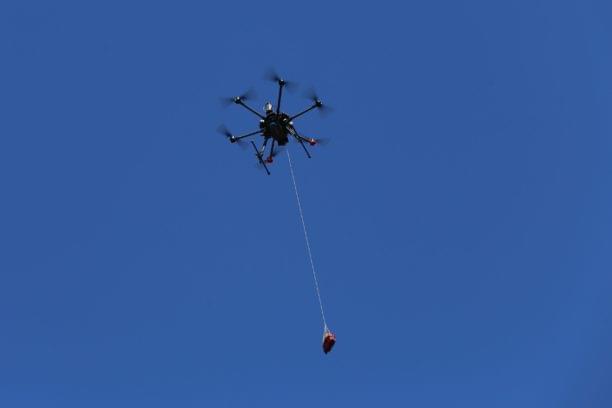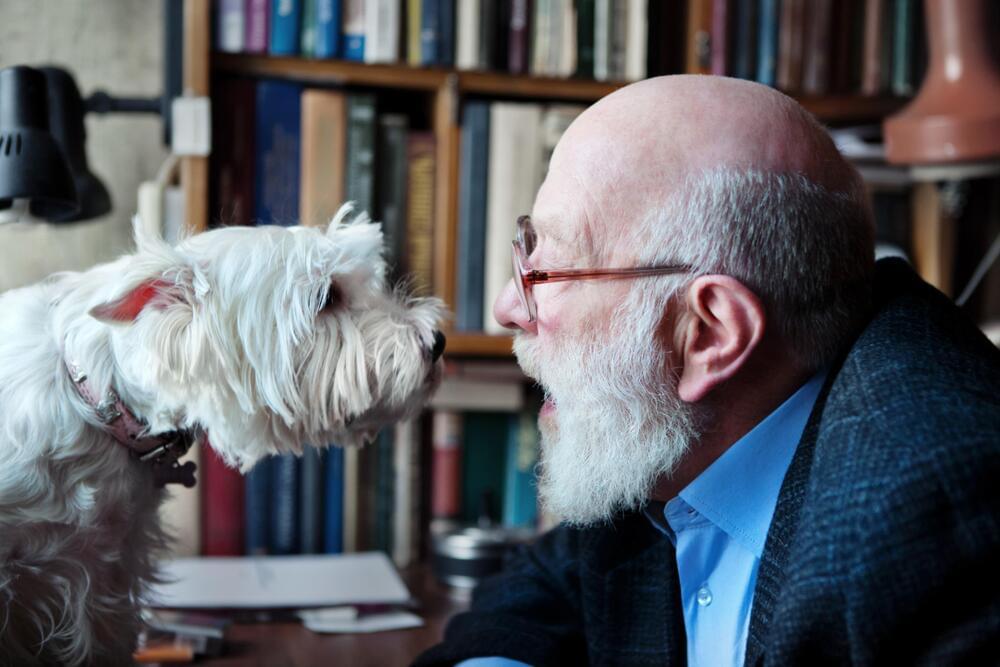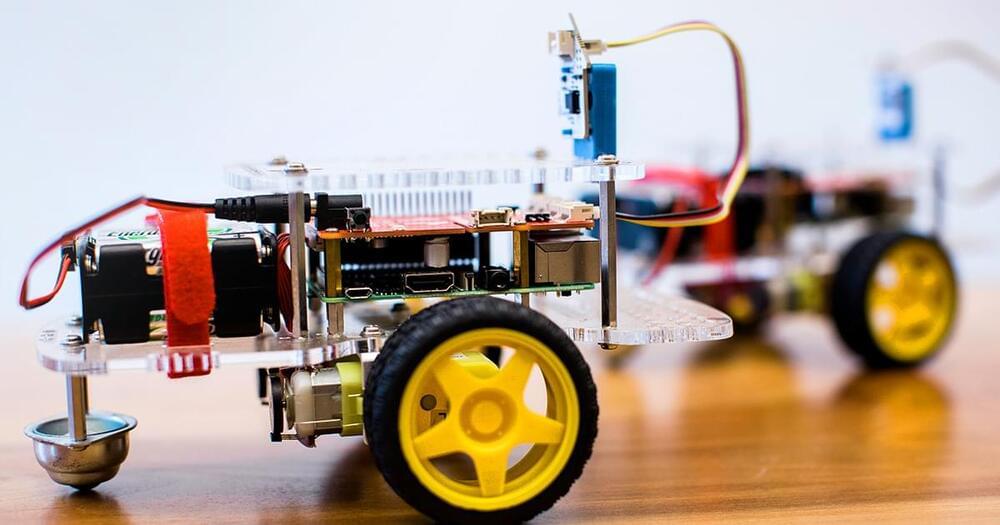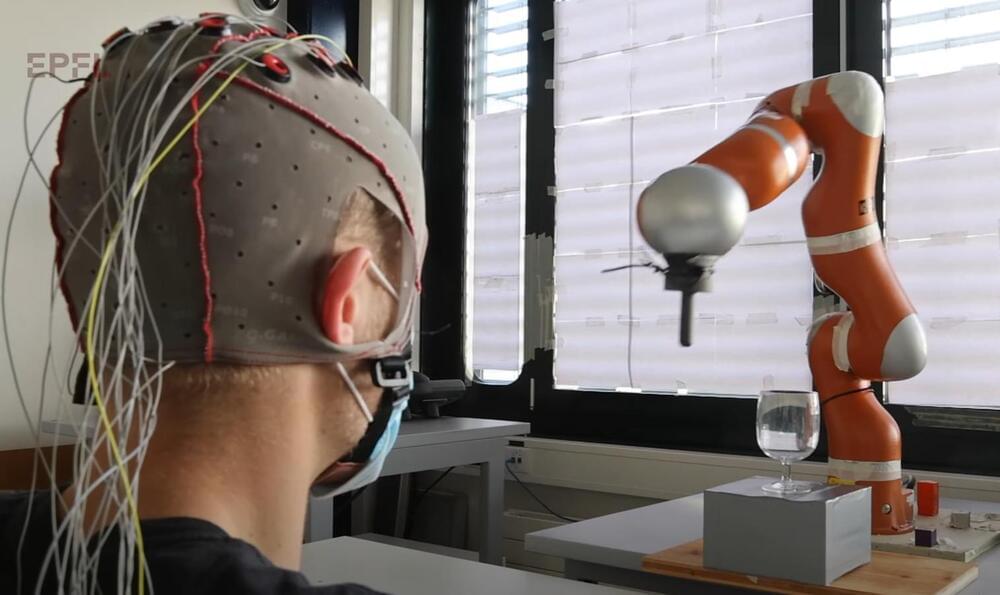Jan 7, 2022
Drone Delivers Defibrillator Saves Heart Attack Patient
Posted by Kelvin Dafiaghor in categories: biotech/medical, drones, robotics/AI
An autonomous drone delivers a defibrillator – and saves the life of a cardiac arrest patient. Swedish drone company Everdrone says it’s a medical history first – but the grateful patient says that it’s a technology that should be used everywhere.
For heart attack patients, seconds count: the minutes that an ambulance can take to reach a patient in cardiac arrest can mean the difference between life and death. Autonomous drones offer a game-changing solution. Autonomous drone specialists Everdrone operate the drone delivery system in Region Västra Götaland, supported by Vinnova, Swelife and Medtech4Health. Their innovative solution has been developed with Center for Resuscitation Science at Karolinska Institutet, SOS Alarm and Region Västra Götaland.
Now, the technology can claim a life saved. In Trollhättan, Sweden on December 92,021, an Everdrone autonomous drone delivered a defibrillator that helped save the life of a 71-year-old man.


















